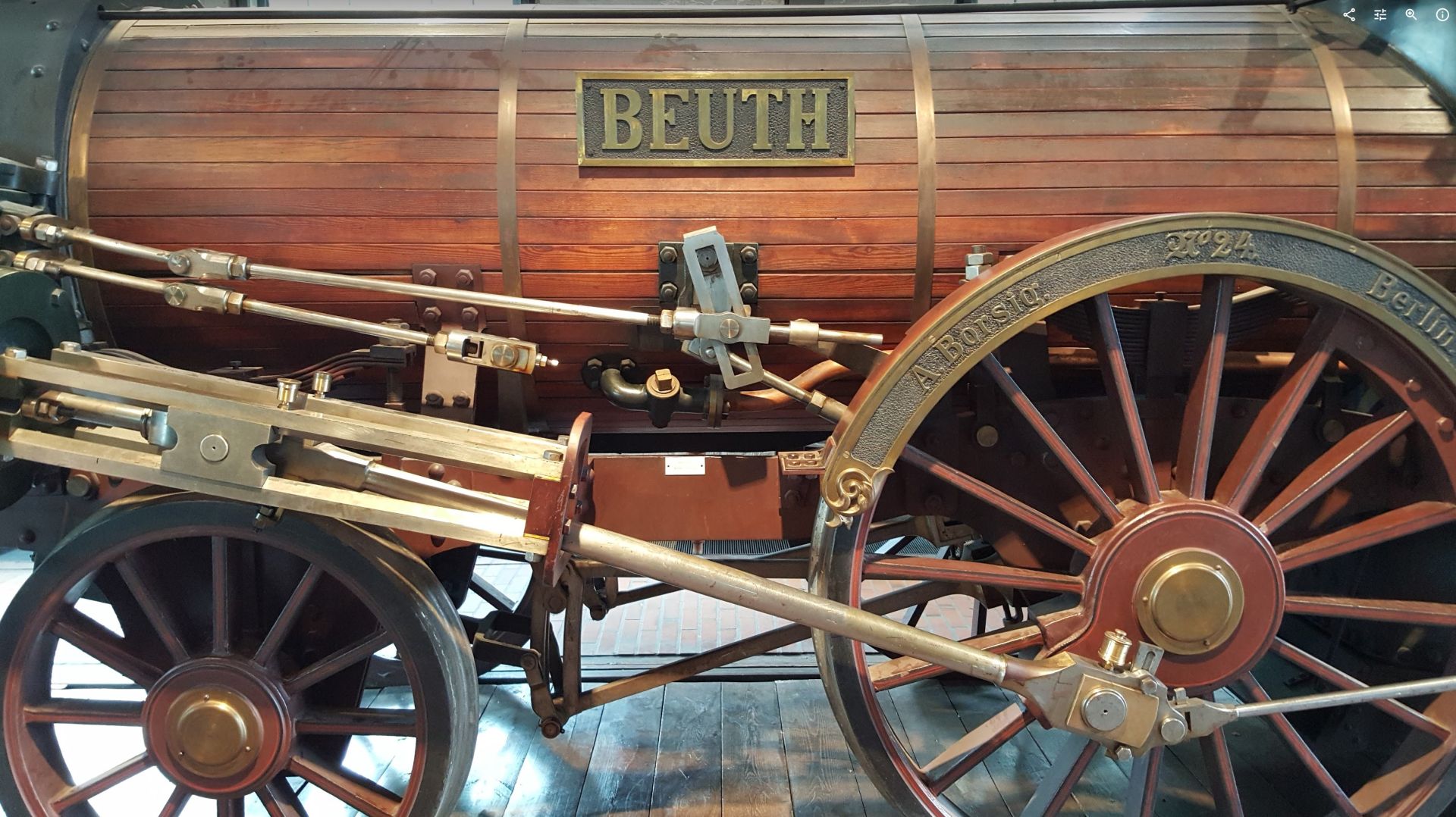
Three timeless simulation lessons from your forefathers
Sep 8
/
Benjamin Schumann

HOW LONG, DO YOU THINK, HAS SIMULATION BEEN AROUND? A FEW DECADES? SINCE COMPUTERS WERE INVENTED? IT TURNS OUT, MUCH, *MUUUCH* LONGER. DURING A RECENT MUSEUM VISIT, I COULDN'T HELP BUT NOTICE THAT WE DO STAND ON THE SHOULDERS OF GIANTS WHEN IT COMES TO SIMULATION. SO SIT BACK AND (RE-)LEARN THE BEST SIMULATION ADVICE, FROM YOUR GREAT-GRANDPARENTS…
There is one place in Berlin that I am drawn to like an insect to the light: the awesome Museum of Technology. Ever since I went as a kid with my grand-dad, the smell of old trains, the sincere atmosphere of human achievement and the intricate engineering moved me. So on a recent free afternoon, I went for the first time in a decade or so. Not much had changed, the smell was the same and I marvelled as I always do. However, this time I couldn’t help but see simulation tools applied everywhere. It turns out, simulation was used in almost any area of engineering *long* before computers. Here are some examples and the lessons we can learn from awe-inspiring simulation practitioners of the past:
CITYSCAPE MODELLING
There is one place in Berlin that I am drawn to like an insect to the light: the awesome Museum of Technology. Ever since I went as a kid with my grand-dad, the smell of old trains, the sincere atmosphere of human achievement and the intricate engineering moved me. So on a recent free afternoon, I went for the first time in a decade or so. Not much had changed, the smell was the same and I marvelled as I always do. However, this time I couldn’t help but see simulation tools applied everywhere. It turns out, simulation was used in almost any area of engineering *long* before computers. Here are some examples and the lessons we can learn from awe-inspiring simulation practitioners of the past:
CITYSCAPE MODELLING
Check out these finely crafted models of cityscapes. They are from the 1920s to help planners plan new train tracks for Berlin.
Most of these models went into as much detail as possible in all areas of the model. From today’s perspective, that appears not like good modelling practice. However, it helped stakeholders (i.e. politicians) make decisions based on a holistic view of the situation. They could “zoom in” into every aspect (i.e. peek their nose closer).
Some of the models, however, applied modern modelling principles: only as detailed as necessary. So the core building was shown in much detail whereas surroundings only appear as grey blocks, see below:
Only focus on the important bits of your model...
Only focus on the important bits of your model...
First, this simplified effort but also helped users to focus on the right part of the model. Today, achieving this fine balance can be difficult. Clients often think of a model more as an all-detailed cityscape like above. It can be difficult to convince them of the advantage of a focussed model.
RAILWAY MODELS
Did you know that the German military simulated train operations before the beginning of WW1? They needed smooth operations to send millions of soldiers into the battlefield and modelled expected operations in advance.
On a more civilian side, lots of people enjoy building model railways. However, similar models were used for decades to plan operations on hump yards. Just like with our digital simulations, you could “play” through scenarios and try to optimize throughput or vary shift systems.
SHIP MODELS
Ships need testing before building them. So model ship building became an art over the centuries as modellers explored what is possible. It took some bottle ship modellers 10,000 hours to assemble one ship.
Others applied different materials like Jade, gold or even … matches (below).
These approaches strike me almost as an invitation to rethink your modelling: How can you approach reality with different means? Do you need to apply that paradigm you have always used?
VERDICT
When you run your next simulation model, take a break and ponder how much non-digital know-how sits behind your modelling approach. Simulation has been applied since we build and create. I wouldn't be surprised if even the Pyramids were first modelled in some way. But most of all, have fun with your models, as this guy had when he finished a large model of a shipyard. No idea what the relation with Fred Flintstone is, but hey :-)
